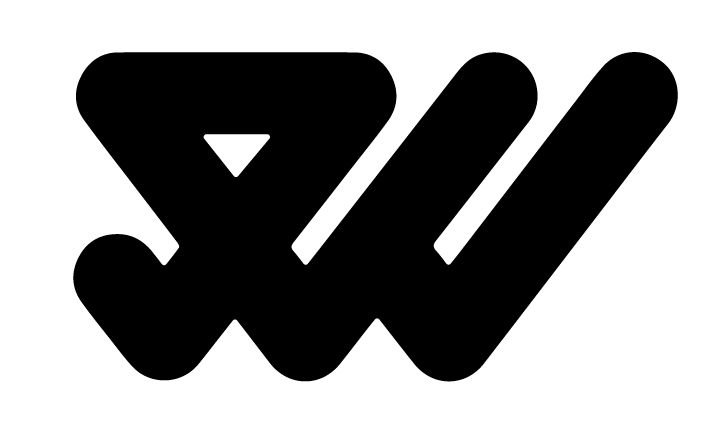In the ever-evolving digital landscape, the decision to build a website often boils down to two options: the tempting allure of do-it-yourself (DIY) website builders or the seasoned expertise of a professional graphic designer. Let’s embark on a journey through the pros and cons of each path, helping you navigate the maze of choices to find the right fit for your business.
The Appeal of DIY:
Pros:
- Cost-Effective: DIY website builders often come with a lower upfront cost, making them attractive for businesses on a tight budget.
- Quick Launch: With pre-designed templates and drag-and-drop functionality, DIY websites can be up and running in a relatively short time frame.
- Control Over Updates: Enjoy the flexibility of making instant updates to your website without relying on external support.
Cons:
- Limited Customization: DIY platforms may offer templates, but they come with limitations. Achieving a truly unique and tailored design can be challenging.
- Learning Curve: Despite user-friendly interfaces, mastering a DIY platform can take time, especially for individuals unfamiliar with web design principles.
- Scalability Challenges: As your business grows, DIY websites may struggle to keep up with evolving needs, leading to a potential redesign in the future.
The Professional Touch:
Pros:
- Customization Mastery: A professional graphic designer brings the ability to create a fully customized website that aligns perfectly with your brand and goals.
- Strategic Design: Beyond aesthetics, professionals understand the importance of user experience, navigation, and SEO, ensuring your website serves its purpose effectively.
- Tech Support: Enjoy ongoing technical support and expertise, eliminating the stress of troubleshooting issues on your own.
Cons:
- Higher Initial Cost: Professional design services typically come with a higher upfront cost. However, consider it an investment in the long-term success of your online presence.
- Time Investment: Building a custom website takes time, from initial consultation to the final launch. Patience is key to achieving a polished and effective design.
- Dependency on Experts: While having a professional onboard is an asset, it does mean you may need to rely on their availability for updates and modifications.
Conclusion:
In the grand DIY vs. Professional face-off, the winner depends on your unique needs, budget, and long-term vision. If you’re a startup on a tight budget and need a quick online presence, DIY might be the initial choice. However, if you envision a website that grows with your business and stands out in a crowded digital landscape, investing in a professional graphic designer is the strategic move.
Remember, your website is often the first interaction customers have with your brand. Make it count by choosing the path that aligns with your business goals and sets the stage for a digital presence that leaves a lasting impression.












